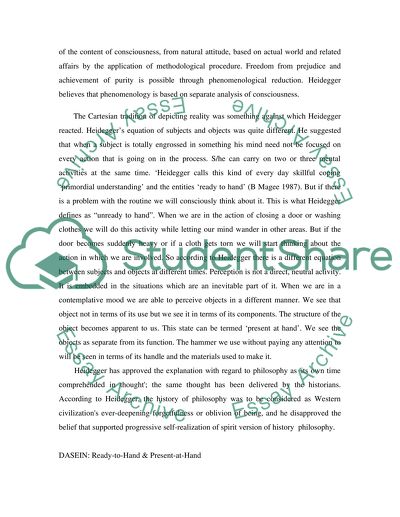Cite this document
(“Martin Heidegger Article Example | Topics and Well Written Essays - 1500 words”, n.d.)
Martin Heidegger Article Example | Topics and Well Written Essays - 1500 words. Retrieved from https://studentshare.org/philosophy/1534134-martin-heidegger
Martin Heidegger Article Example | Topics and Well Written Essays - 1500 words. Retrieved from https://studentshare.org/philosophy/1534134-martin-heidegger
(Martin Heidegger Article Example | Topics and Well Written Essays - 1500 Words)
Martin Heidegger Article Example | Topics and Well Written Essays - 1500 Words. https://studentshare.org/philosophy/1534134-martin-heidegger.
Martin Heidegger Article Example | Topics and Well Written Essays - 1500 Words. https://studentshare.org/philosophy/1534134-martin-heidegger.
“Martin Heidegger Article Example | Topics and Well Written Essays - 1500 Words”, n.d. https://studentshare.org/philosophy/1534134-martin-heidegger.


